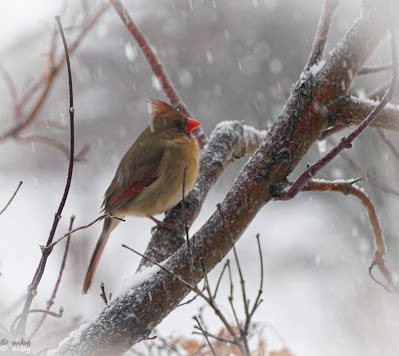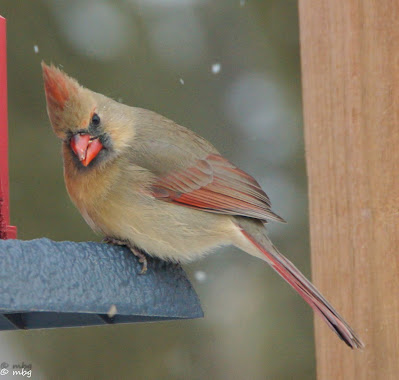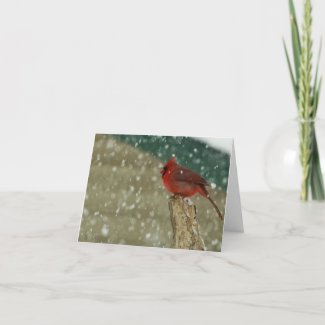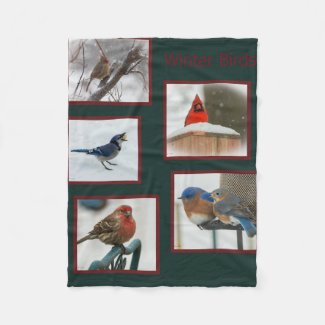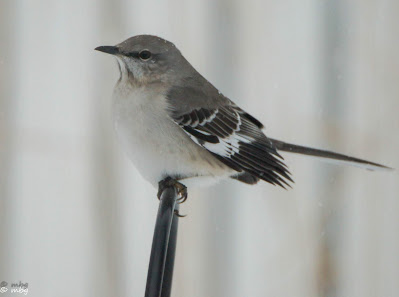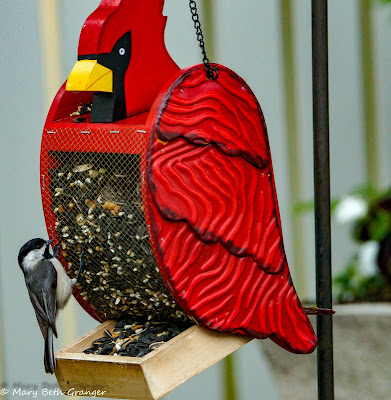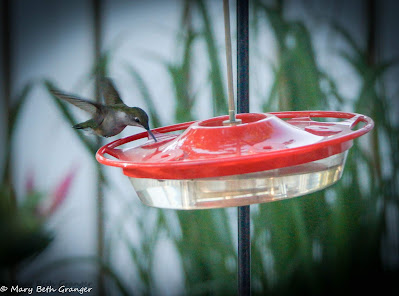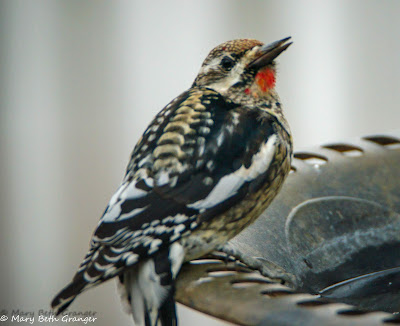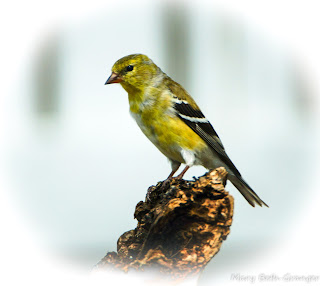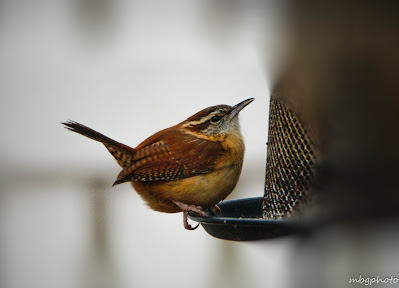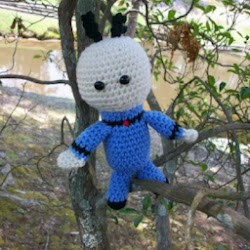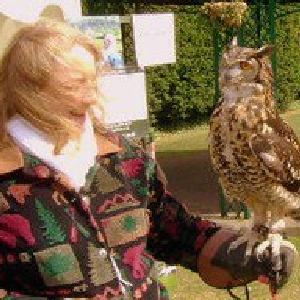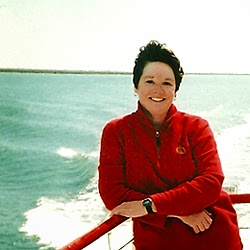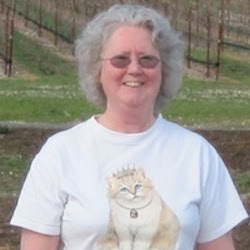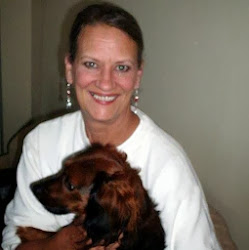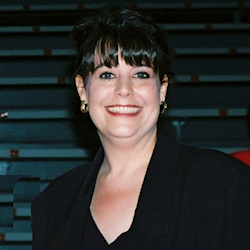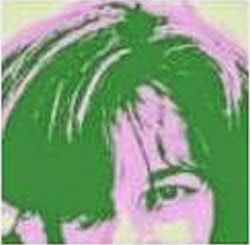Basic Birdhouse Construction, What you Need to Know.
For years I have built birdhouses for friends and family and for myself. Why? Well let's just put it this way, I love my garden and I love nature. When I'm working outdoors there is nothing more special than being able to watch the birds and the bees while taking a short break.
To say that I enjoy their antics would be an understatement. You will find me out in the garden at almost any hour of the day, just to see what there is to see. Most of the time it is the birds and the insects that I purposely attract to my garden that give me the thrills of the day. And because I love them so much, I want my friends to enjoy them that much too!
I want to focus on birdhouses in this review, because, while everyone loves birds, enticing them into your garden is a special thrill! Seeing them rear their babies is even more fun. If you have children or grandchildren, it is also a wonderful time to teach them some nature lessons and life lessons too.
Birdhouse Basics
If you have a yard, you have a great place to start. Flowers, shrubs and a tree or two would be ideal as well. A water source or a bird bath will surely entice some lovely feathered friends to come for a visit. After that, if you want to build some birdhouses, that will help them to target you for their next place to live!
It is said that
if you build it,
they will come! (Taken from the movie ............
The Field of Dreams.) This may be true for birdhouses and it may not be true. Some birds really don't care what their homes look like, but they are particular about the size and the placement. Other birds will readily nest in any dry and sheltered spot, Robins in particular will nest in a dry space and not really need or want a birdhouse.
If you are
hoping to attract certain kinds of birds to your yard, you need to build a house that they will really like.
Placement of that birdhouse will also be important. Some birds require homes set at a certain height and proximity to other essentials for their welfare. Water and food sources being the most important ones.
Some birds are solitary nesters and others need to live in community. So again depending on the birds you want to attract, you will need to take these things into consideration as well.
I have found this book on Amazon will help you build birdhouses, but also takes into account each different species likes and dislikes. Working with an ornithologist, these plans have been made for specific birds. It doesn't help you to
build a house that no one wants to occupy. So build something that you know they will appreciate and you will be rewarded with the lovely sounds of birds thanking you.
Here you will find plans to make up to 19 different types of birdhouses. Each one can be executed by the novice as well as the expert woodworker. These are great projects for Moms and Dads to make with their children. The basic houses are wooden and can be left plain or dressed up with colors.
Three things that you should never do!
While we are on the subject of attracting birds to your garden, I want to make absolutely sure that you don't do these things:
- DO NOT put out lengths of yarn for birds to use as nesting material.
- DO NOT put out dryer lint for the birds
- DO NOT put out pet hair for their use either.
You may ask WHY NOT!
Here are the reasons, yarn, unless it is cut up into tiny (less than an inch long) pieces, can actually act as a noose that works it's way around baby birds necks. When they try to fly out of the nest, they strangle. Birds are used to scavenging for nesting materials and they know what they want in there. If you feel inclined to help them, rake up your grass and leave little piles of dried grass for them to find.
Dryer lint is also a definite no-no. Most people use fabric softeners of some sort with their dryers and the chemicals in those sheets or liquids also ends up in the lint. These chemicals may harm the babies either by contact, or by ingestion. Don't do it!
Pet Fur is also a no-no. If your pet is taking medications, or you use flea powders or flea shampoos on them, their fur is also "contaminated". Baby birds are naked (just like human babies) when they are born. Anything that cause a reaction to their tender little bodies should be avoided at all costs.
 |
| Naked baby birds! |
It would be much better for you to spend your time reading a little about what they would appreciate and then building a nice house for them to enjoy. The most perfect part of this whole idea is that you will build one house, but that two families will get to enjoy it. The bird family and your family too!
More about Birds from the writers at Review This Reviews:
You can read more about the life cycle of a
Robin at Tracey's Review of that incredible sight at her home.
Birdwatching and Photography go hand in hand. One of Review This Reviews writers, Mary Beth Granger, has shown and taught us how to capture some beautiful pictures of the birds in her area. If you love
Bluebirds you can read up right here! Or if Woodpeckers tickle your fancy, you can check out some great pictures and facts
Review of Woodpecker Facts and Photography
Note: The author may receive a commission from purchases made using links found in this article. “As an Amazon Associate, Ebay (EPN) and/or Esty (Awin) Affiliate, I (we) earn from qualifying purchases.”
